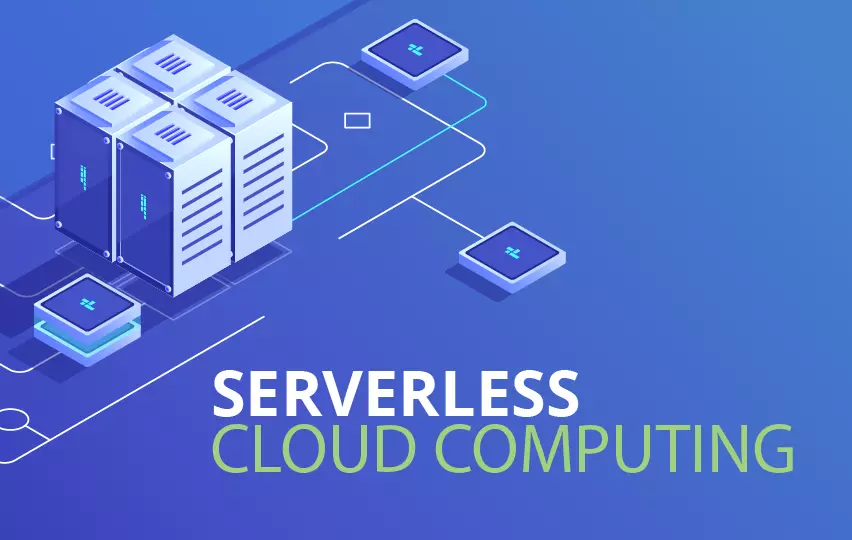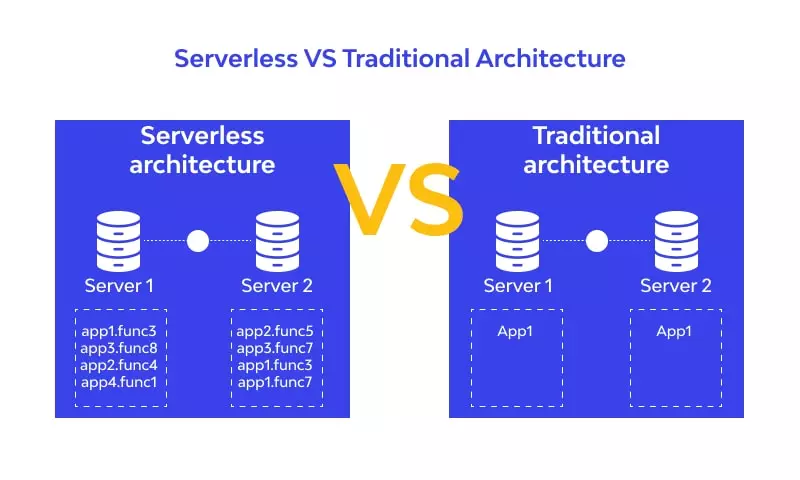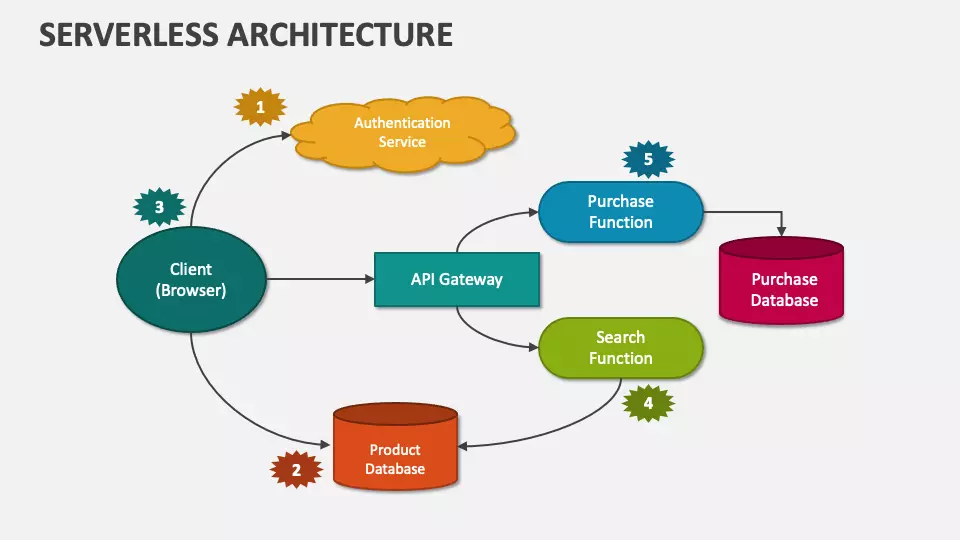
Serverless computing, also known as Function as a Service (FaaS), is a cloud computing model in which the cloud infrastructure provider manages our application infrastructure and automatically allocates resources as needed.
Serverless computing works by breaking down applications into smaller, independent functions that are executed as needed. These functions are triggered by specific events such as HTTP requests or time-based events. When an event occurs, the cloud infrastructure provider automatically allocates the resources needed to execute the operation, then releases those resources when it finishes executing the event.
Scalability is an important consideration when building modern applications. As user demand increases, it is essential to ensure that the application can handle the load without slowing down or crashing. Traditionally, scaling an application requires a significant upfront investment in infrastructure, and the scaling process has been slow and manual. However, serverless architecture has changed the game, allowing applications to scale automatically and quickly.

One of the main features of serverless architecture is the automatic scaling feature. Cloud service providers manage the required infrastructure and automatically allocate resources based on application workloads. This means that as the number of requests increases, the cloud infrastructure provider automatically provides additional resources to handle the load. Also, by reducing the load, it reduces resources and prevents additional costs.
Another feature of the serverless architecture is the event-driven computing model. In serverless architecture, each function is designed to handle a specific event or request, which allows them to be executed independently and in parallel. This means that services can be scaled horizontally as the load on the application increases.
In serverless computing, Gateway is an intermediary service that sits between the user and your serverless functions. Gateway provides a unified interface for user software to interact with your functions and allows them to execute these functions.
Gateway also provides features such as request validation, authentication, routing, and global logging that can help improve the performance and security of your serverless applications.

Serverless computing can be used for a wide range of services, but may not be suitable for all systems. Serverless architecture is often used for event-driven applications and microservices that require high scalability. But this architecture is not suitable for systems with long-running processes, systems with background tasks, and systems that require full control over the infrastructure. As a result, before deciding whether or not to adopt a Serverless architecture, considering the system requirements is very important and should be evaluated.

I am Reza Babakhani, a software developer. Here I write my experiences, opinions and suggestions about technology. I hope that what I write is useful for you.
leave a comment